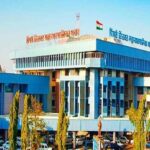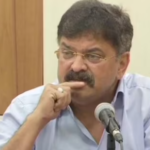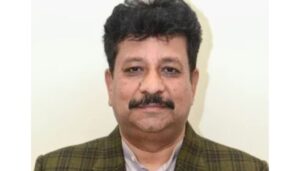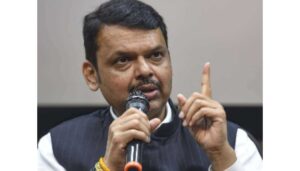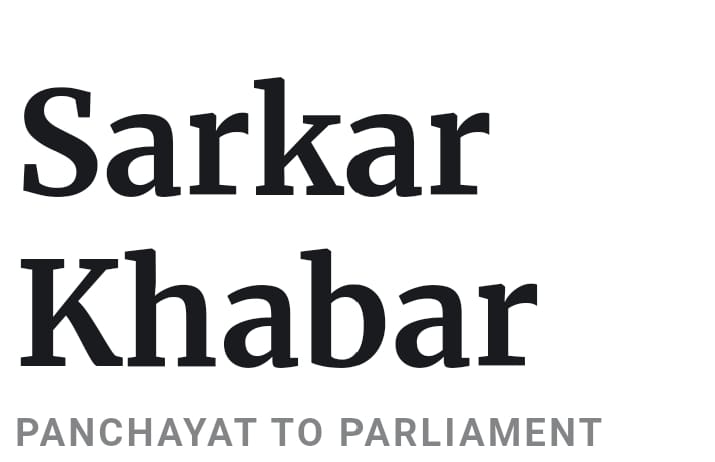
Joshimath: Agencies Study Damage To Suggest Directions
Joshimath, 15th January 2023: The condition of the landslide in Joshimath has been described through satellite pictures by two different agencies of ISRO, including the Wadia Institute of Himalayan Geology. In the satellite images released by the National Remote Sensing Center Hyderabad on Friday, information has been given about 5.4 cm of land sliding in just 12 days. However, various agencies of the central and state government are still refraining from accepting this as any consequence.
To establish a clear opinion about the future of Joshimath, more focus is being given to ground studies. This is the reason that on the instructions of the state government, the scientists of the Wadia Institute of Himalayan Geology are going to match the cracks on the surface and the condition of the ground.
According to Dr Kalachand Sai, director of the Wadia Institute of Himalayan Geology, a study named “Geophysical Survey of Seismic Monitoring” has been started in Joshimath to develop a clear perception of landslides.
Under this, a complete assessment of the situation up to 50 to 100 meters below the ground is being done. In this, it will be seen whether wherever cracks have emerged on the surface, similar changes are being seen in the earth as well or not.
If there is a difference between the ground and surface cracks, the study will be done again. If still there is no change in the ground according to the cracks in the surface, then it will be considered that the visible changes in the surface are not affecting the ground.
If the ground condition is found according to the cracks, it will be concluded that the land of Joshimath is giving dangerous signals even in the ground.
After this study, a clear opinion can be formed on the condition and direction of landslides in Joshimath. Along with this, the situation of treatment or rehabilitation will also be cleared. This study will be completed by the end of January.
RP Singh, director of the Indian Institute of Remote Sensing (IIRS), also agrees with the ground-based study by the Wadia Institute of Himalayan Geology. He said that different agencies are engaged in studying the landslide in Joshimath in different ways.
However, according to the current situation, it is necessary to establish a clear opinion on the ground. It is necessary to get the cracks assessed from the ground. After this, the government will be able to decide the future direction.


